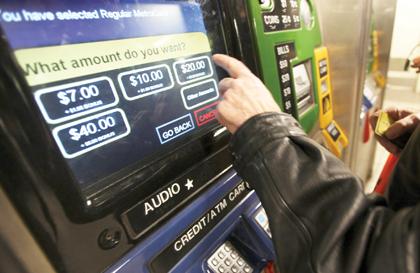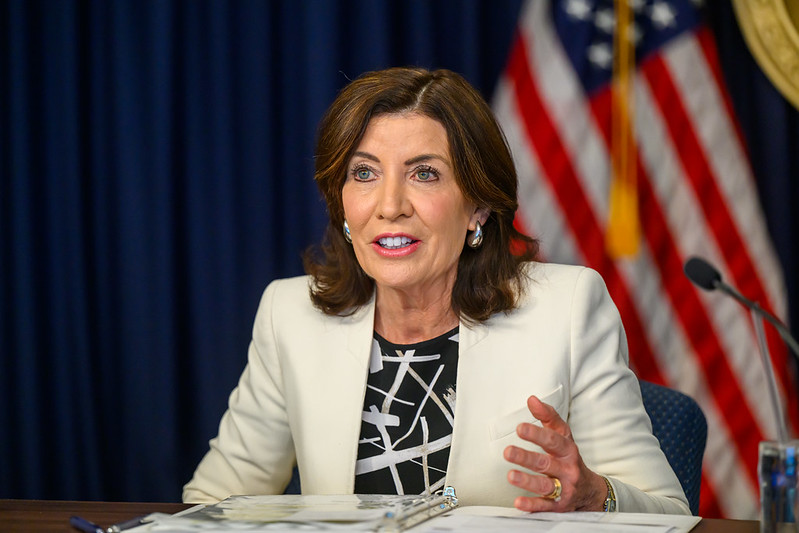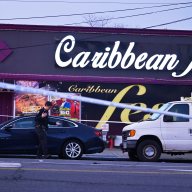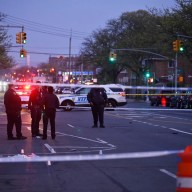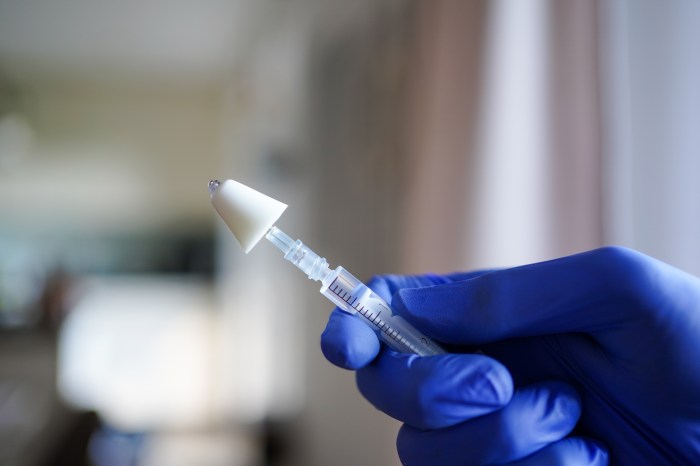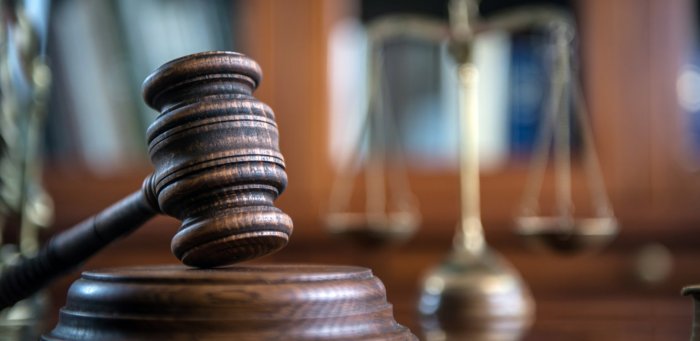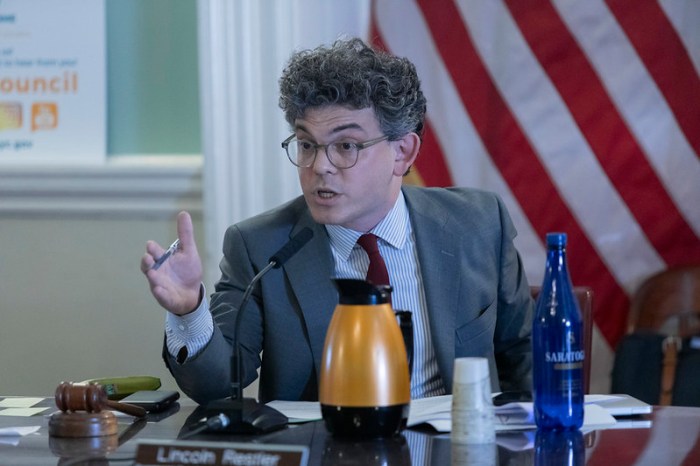By Philip Newman
With only weeks left before transit officials were scheduled to carry out 20 percent to 30 percent fare hikes and massive service cuts, the final two Democratic state Senate holdouts from Long Island have joined supporters of a legislative rescue plan offering hope at last for the financially distressed MTA.
In light of sweeping Republican opposition, the support of state Sens. Brian Foley (D−Blue Point) and Craig Johnson (D−Port Washington) would assure passage of the long−awaited help from Albany. Both said, however, they would vote for it only if the plan assures school districts would be exempt from a payroll tax that is part of the rescue plan.
Foley and Johnson’s support of the bailout plan are imperative because all 32 Democrats in the Senate are needed for the plan’s passage and the Republicans are likely to be unanimous in their opposition.
“We think we do have a framework for coming to an agreement on a bill this week to bail out the MTA,” said Senate Majority Leader Malcolm Smith (D−St. Albans).
The bailout plan, which would raise $1.76 billion annually, immediately brought criticism from transit activists and elected officials because it includes no long−term plan for the Metropolitan Transportation Authority.
The plan would still require an 8 percent transit fare increase, but apparently would avert the proposed 30 percent hike and most of the “doomsday” service cutbacks labeled “just awful” by MTA Chairman Dale Hemmerdinger.
But legislative sources said fares and tolls might end up closer to 10 percent rather than 8 percent, with the difference going to the MTA Capital Program.
The “doomsday” plan would have shut down the W and Z subway lines, cut two other lines by half, eliminated from 23 to 35 bus lines and severely reduced weekend and night service on both subways and buses.
The rescue plan in Albany includes:
• an 8 percent bus and subway increase
• a 50 cent surcharge on taxi fares
• a payroll tax of 25 cents to 34 cents for every $100 in payroll in the 12 counties served by the MTA
• driver’s licenses and learner’s permits fees would rise as much as 30 percent and vehicle registration fees would go up by $25
• sales tax on auto rentals would increase by 5 percent
Passage of the rescue plan would mean an unlimited ride, 30−day MetroCard, now $81, would cost $88 rather than $103 and the basic transit fare would go from $2 to $2.25 instead of the proposed $2.50.
Subway and bus fare increases are set to go up May 31, with the Long Island Rail Road and Metro−North Railroad ticket prices increasing one day later.
Both Mayor Michael Bloomberg and state Assembly Speaker Sheldon Silver (D−Manhattan) criticized the plan for its lack of a provision for future big ticket MTA projects, such as the Second Avenue subway and the East Side Access to bring the LIRR into Grand Central Terminal as well as new subway cars and replacement of outdated railroad switches.
“Stopgap measures that kick the big problems down the road must be rejected,” Bloomberg said.
Silver said the plan must include a funding source for the MTA’s long−range projects.
The MTA has a budget gap that is fast approaching $2 billion with its seriousness increasing rapidly because of a drop in tax receipts and from real estate transactions.
Much of the agency’s debt stems from the more than $22 billion it has borrowed over the past decade after state contributions to its Capital Fund were cut off.
Reach contributing writer Philip Newman by e−mail at news@timesledger.com or phone at 718−229−0300, Ext. 136.

